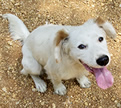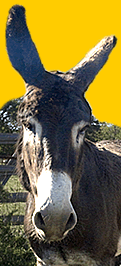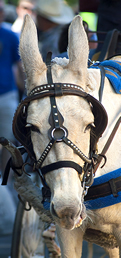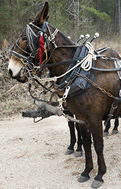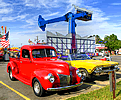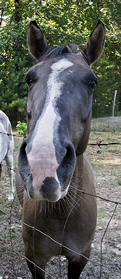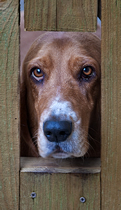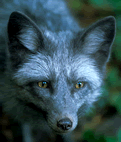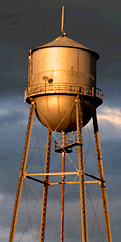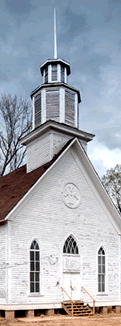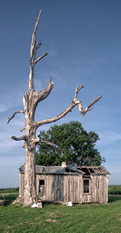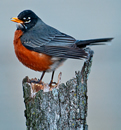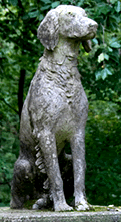On the 'Wild and Wooly' Side
When you run the Arkansas and Mississippi River levees, there’s no telling what you will see. When you are atop the levee, what you do see is from a substantially higher vantage point than the actual terrain you happen to be traversing at the time. In this case, I was eye level with a bunch of comorants. They are disliked by duck hunters and despised by fish farmers. They are, however, appreciated by photographers. They bunch up in trees and do not easily spook, traits which afford photo-ops to catch an image like this. The tree is close to the Arkansas River levee north of Grady, Arkansas. It grows on the “wild and wooly” side where the river flows.

Sunday, September 13, 2015
Pine Buff, Arkansas
Author's Note:
Every couple of years or so, I like to run my favorite stretch of Arkansas River levees. The trip starts east of Moscow, Arkansas, and goes to east of Gould, Arkansas. At that point, Cummins Prison of the Arkansas Department of Correction blocks the levee for the few miles because it abuts their property. No argument there.
The levees become available again southeast of Gould and stretch to Pendleton Bridge east of Dumas. The trip is always enjoyable. Little did I know that the last trip I took in October of 2013 would also be the last trip for the first leg of the journey. A few weeks ago, I headed out for the biennial trip. Imagine my dismay when I topped the levee east of Tamo and found a locked gate with a terse message to stay out and away.
That discovery made me even more grateful for the levee trip I took in October of 2013. My granddaughter, Madison Dempsey, accompanied me. I’m glad now I did not wait to include her in the trip. Since it is now just a few weeks for the next foray, I’m taking us back to the last levee trip in the preferred sequence. It is a reminder that things put off stand a chance of never happening.
Joe Dempsey

Angus in a 'Bar Pit'
These fine looking Black Angus cattle are cooling their hooves amongst some cypress trees in a “bar pit” on the river side of the Arkansas River levee north of Grady, Arkansas, on Saturday, September 28, 2013. The temperature that day was not oppressively hot, but was toasty enough to send the cows to the water. By the way, the term “bar pit” is slang for “borrow pit,” an expression to describe a hole in the ground that became a hole because its former contents were moved somewhere else to satisfy an engineering design requirement. There are plenty of “bar pits” on the river side of Arkansas and Mississippi River levees.
Running the Levees
First Published on Sunday, October 6, 2013
Pine Buff, Arkansas
Here in this section of LA (lower Arkansas), we are geographically blessed with a readily available levee system on the Arkansas River. The levees wind southeast and eventually segue into the levee system of the Mighty Mississippi. We are further favored by roads that top those levees. Running the levees for photographic fodder is analogous to fishing the Arkansas and Mississippi Rivers with a trotline. You have an idea of what you're going to get, but you never know for certain until you lay eyes on the catch.
Though levee roads are 95 percent gravel, they are well maintained and smooth. You could easily do 60 mph on some stretches, though it is not advisable since loose gravel can bite you like black ice. Think end-over-end and a sudden stop in a “bar pit.” Or wrapped around a cypress tree. Or nose-down in a bean field. On the other hand, taking cattle guards at 40 mph or so is a “fun-bump” in a pickup truck.

Makin' Hay for Money
On the civilized side of the levee a farmer has organized most of his hay with military precision. Hay is now a valuable commodity. In this area, think 35 bucks for each round thingy — maybe more in other environs.
The levees, east and west, form a trough to contain our rivers when Mother Nature decides to teach us a liquid lesson. Despite this perpetual threat of massive dampness on steroids, you will find commercial terminals for towboat and barge traffic in addition to some cultivated fields on the river sides of the levees. You’ll also find hunting club installations on the river side of the levees. Any and all of the protagonists associated with these enterprises know that sooner or later their wild-and-wooly operations will be either under water or isolated by flooding.
For the most part, the river side of the levees is wild and wooly up to within 30 yards or so of the levee foot. The river side is full of the critters and creepy crawlers one would expect in such an environment, which makes it a popular destination for hunters. The opposite side of the levee is largely agricultural and well organized. There are residences, ranging from luxurious to low-end shotgun, but they are few and far between.
You can see a lot of the Delta from a levee top. This mother and calf first shied away from the truck. Then, on second thought, they warmed up to the idea of checking us out. Chances are they get feed delivered from a pickup. When they discovered that our truck did not bear the nutritional largess they imagined, their friendship quickly cooled.

Where's the Beef?
From the levee, you can see a goodly stretch of the Delta. This mother and calf at first shied away from the pickup, then decided differently. The change of heart probably came after they remembered that they sometimes get feed from a pickup. After they determined no gastronomic delights were coming from our truck, their newfound love soured and they went on their way.
Since the levees are grassy and well-tended, some sections are popular with cattlemen. You will see cattle grazing on both sides of the levee as well as hay harvesting. Frequently, a few cows will greet you in the road, a time to slow down and get acquainted. Cows will get out of your way, but it is a good idea to lower your speed and facilitate the process.
While you are atop the levee, you are the king of the hill. You can see for miles on the land side and get a good view of Mother Nature on the river side. Even though the visual pleasures are manifest, the audience is small. I liked it that way. So did the princess of the hill, Madison Dempsey, my granddaughter, who was good enough to accompany me on the trip.



Comorants, wading cows, and hay bales, Nikon D300. Comoranats, ISO 200, AF VR –Nikkor 80-400 f4.5-5.6, 1/250@f10; Wading cows, ISO 200, same lens, 1/250@f10; Hay bales, ISO 400, AF-S VR Nikkor 18-200 G ED, 1/500@f11; Mother and calf, Nikon D7100, AF-S VR Nikkor 18-200 G ED, ISO 100, 1/250@f6.3. Post processed with Adobe Photoshop® CC.

See more cows, an ass, some posies,
an old building, and more at
Weekly Grist for the Eyes and Mind.
It’s non-fattening, all natural
and FREE with no coupons required.
Click here to see this visual largess.

















